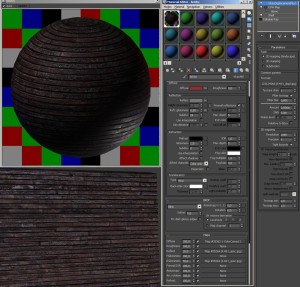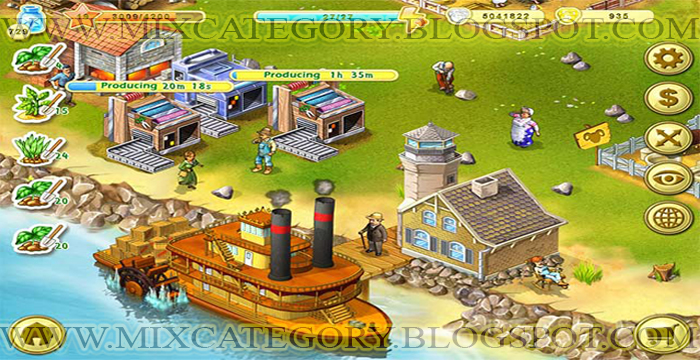

- #Pixplant shadows how to
- #Pixplant shadows manual
- #Pixplant shadows software
- #Pixplant shadows series
We’ll choose an interesting workflow to change the look of our texture and combine the power of masks and filters to generate variations to our material.

Begin by downloading an image from the Shutterstock library. In our example, we’ll consider the following texture from the Shutterstock library as a starting point, and I’ll demonstrate how you can easily enrich it with details and features. If your goal is to create some tileable material, type the word “tileable” in the search filter. Assembling Assetsĭownload your preferred image from Shutterstock-any resource that suits your needs is fine. This allows you a correct mapping without any kind of distortion.įor our demonstration, I’ll be using simple shapes to map the textures, as our goal is to focus on the texturing itself. Whether you start from a planar surface or a complex model, the first thing you need to check is the presence of UVs. I’ll be following the latter approach for the rest of the article, with supportive examples and advice that artists can easily follow up. dirt map) directly onto it, creating a more realistic model. Think about the possibility to load the bitmap image and add a procedural layer (e.g.
#Pixplant shadows software
In this case, textures must be treated in 3D software to be correctly mapped on your 3D models (e.g with Photoshop). Using 3D textures (bitmaps) coming from specialized websites: Shutterstock, for instance, provides users with tons of images and textures for every need.Three Common Approaches for Texturing 3D Models PBR has given artists a new way to generate rendered images (and related texture maps) that better represents the way the light behaves in the real world. Today we’ll talk about combining this technique with a more recent and highly in-demand technique- PBR (Physically Based Rendering). While using bitmaps is one of the oldest and most common texturing techniques, the end result may not always stand up to the demands of today’s requirements for realistic 3D models. With the advent of new technologies, there are several tools and techniques that can help artists while texturing. Texturing 3D models has always been a creative process where artists use their own skills and experience in order to produce interesting results in their artworks. Here is a screen shot of the particular interior that I will be using.A new way to generate rendered images: let’s discuss combining 3D textures with a more recent technique, Physically Based Rendering. In this tutorial I will be using the same model that I used in the previous tutorial "Interior Lighting for Beginners" and will be adding components and materials to achieve the desired effect.
#Pixplant shadows how to
You will learn how to create a realistic lampshade material and how to position the rectangular lights to achieve the right effect for your shade.
#Pixplant shadows manual
In this first tutorial I will be using V-Ray Beta version 1.48.99 (V-Ray for SketchUp User Manual Version 1.48) and SketchUp version 7.0. I will be focusing on IES, Spotlight, Rectagular and emissive lighting.
#Pixplant shadows series
Since many new features have been added with the latest version of V-Ray for SketchUp, we have decided to do this mini series of tutorials with the latest versions. Previously Nomer Adona wrote a simple tutorial entitled "Interior Lighting for Beginners" which was published at . In that tutorial he used version 1.05 of V-Ray for SketchUp. Lighting with V-Ray for SketchUp – definitive guide part 1


 0 kommentar(er)
0 kommentar(er)
